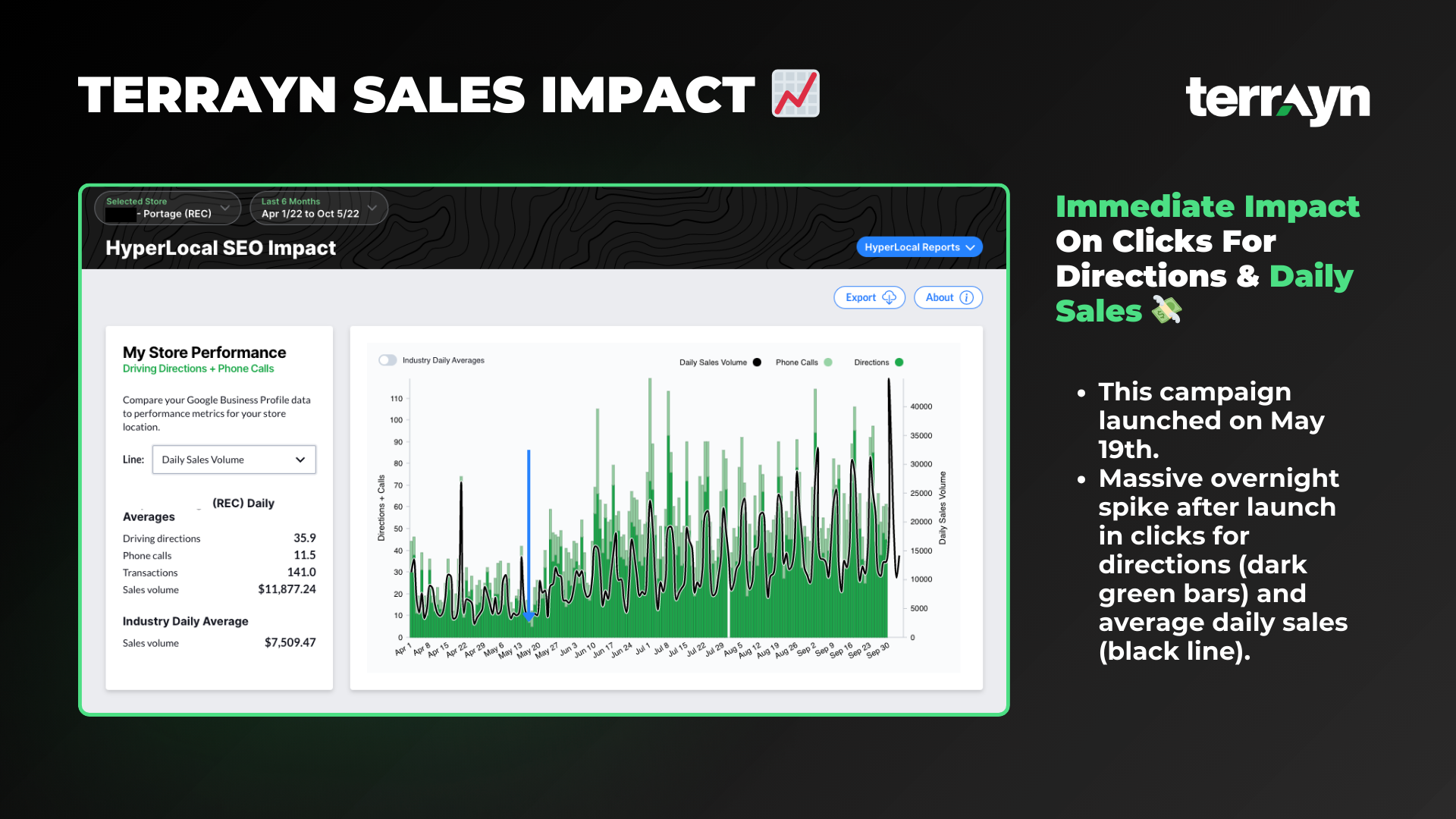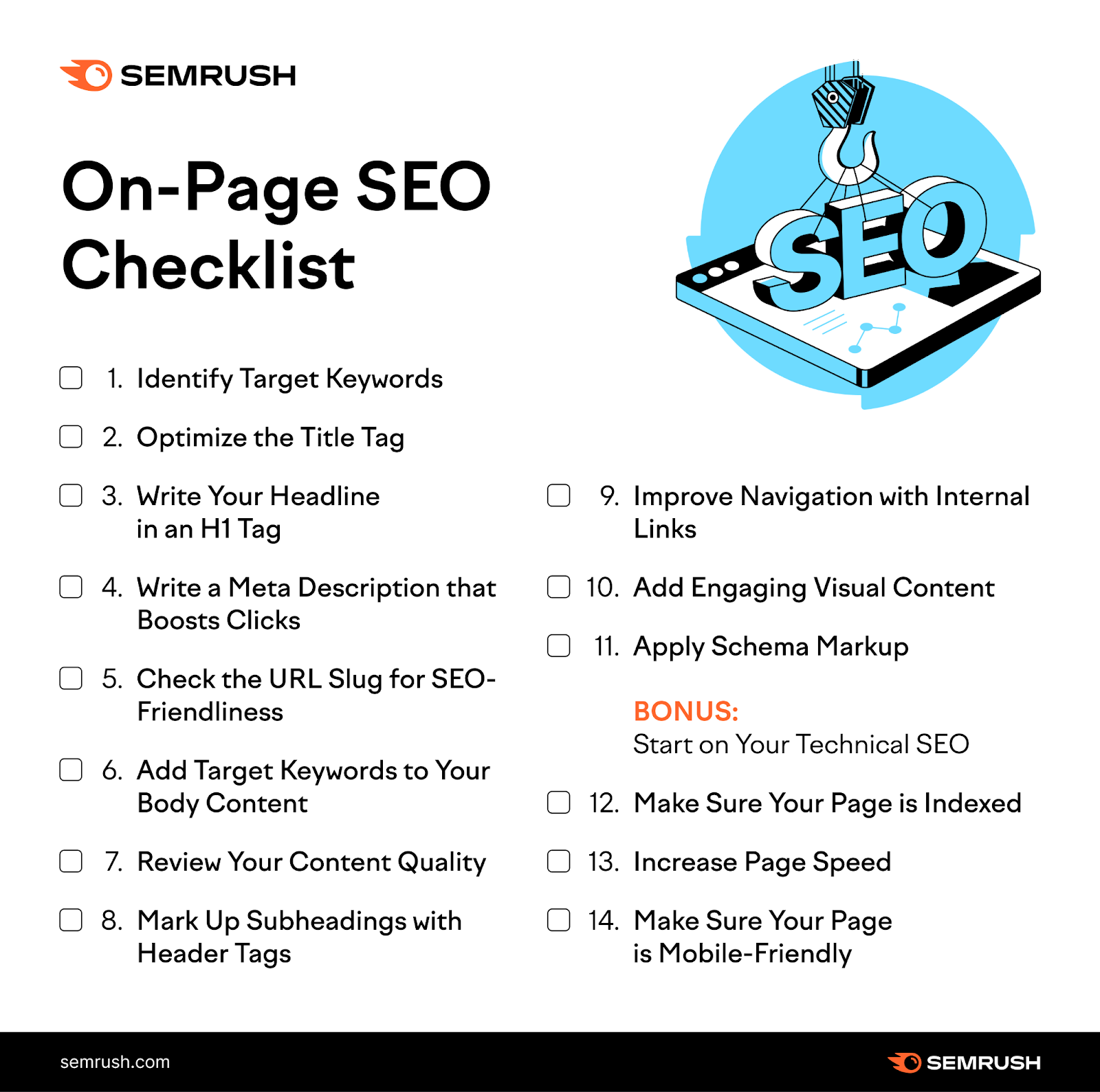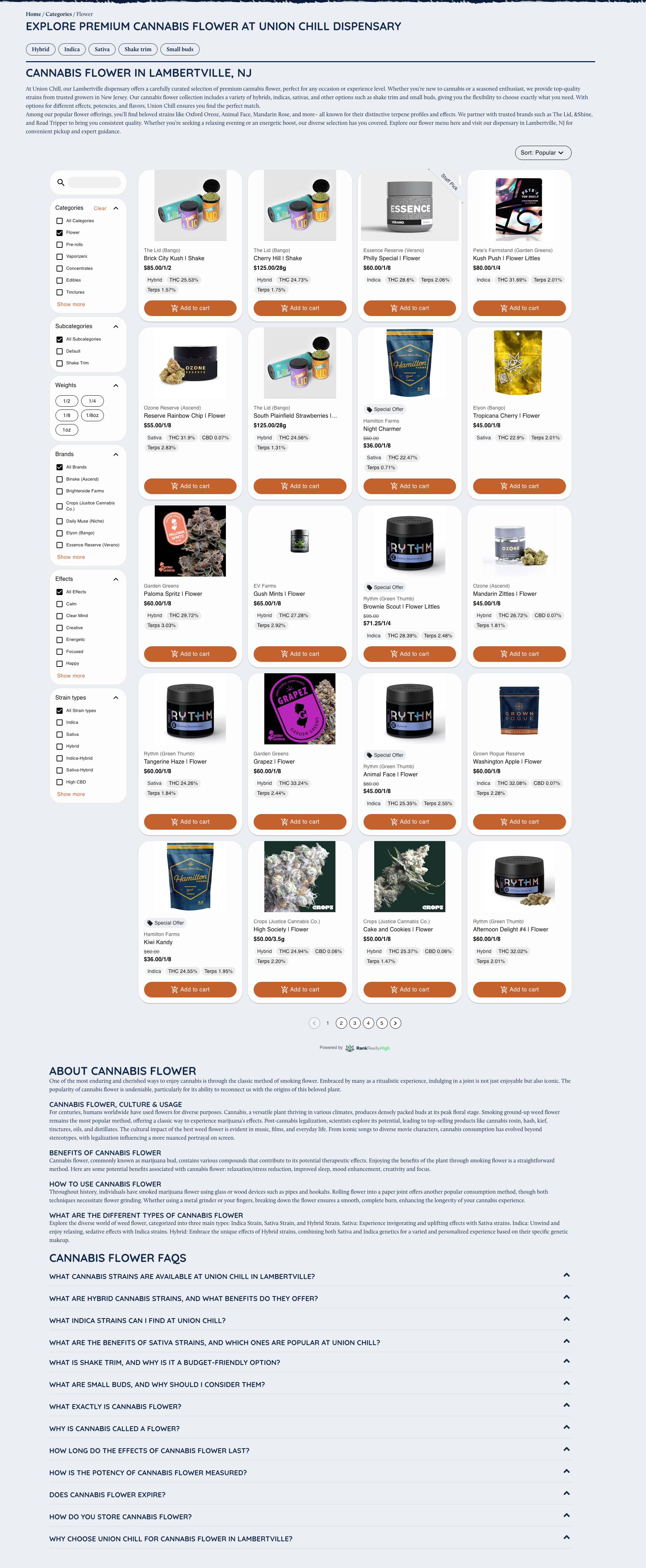SEO is the backbone of any successful dispensary marketing strategy.
Without a strong organic presence, you’re missing out on the highest-intent customer. Those actively searching for a dispensary like yours.
This article breaks down everything you need to know about dispensary SEO, from optimizing your website and targeting the right keywords to creating high-ranking content and measuring success.
No fluff. No sales pitch. Just real, actionable strategies & tactics. Let’s dive in. 🚀
Table of Contents
Why SEO is the foundation of a successful dispensary marketing strategy
Without a strong organic presence, your customer acquisition will always be an uphill battle and at the mercy of some type of ad spend.
1. The majority of cannabis customers start on Google
When people want cannabis, they search online first, even mature cannabis consumers.
They type in:
🔍 “best dispensary in [City]”
🔍 “buy edibles near me”
🔍 “[Hot brand] vapes for sale”

If your dispensary isn’t ranking at the top and clearly the best choice, those potential customers are going to your competitors.
📌 What this means for you:
- The dispensaries that own search rankings capture the most market share by far.
- Your website isn’t just an online representation of your brand, it’s a sales engine that can bring in real revenue and should be optimized for performance.
2. Dispensaries with strong SEO drive more foot traffic & online orders
Ranking higher isn’t just about visibility, it directly impacts sales. Think of it like a string of dominos, with the first domino being online visibility & rankings.
📊 Here’s how the dominos fall:
- Rankings = visibility → If you’re not present in the Google Local pack or organic search results, customers LITERALLY can not find you online.
- Visibility = clicks → If they easily find your dispensary and you are represented correctly, more people will click on your listing or search result.
- Clicks = engagement → Potential customers can click for directions to your store, go to your website, or place an online order.
- Engagement = customers → If more customers are now engaging with your dispensary, you’re going to convert more of them. The trick is to figure out how to convert as many as possible once they are there.
- Customers = revenue → The dispensaries that dominate search results are almost always the highest-grossing in their market.

Example:
One of our partners in Michigan nearly doubled their foot traffic and revenue online after we helped them optimize their local presence, website, and e-commerce. They didn’t change their pricing. They didn’t launch a big ad campaign. They simply went from not being found online, to being very easily found online by the right customers.

3. SEO builds long-term marketing momentum
While all can be very valuable, most dispensary marketing efforts are short-term plays:
- Programmatic? It can be very impactful, but it is like a faucet; the customers stop flowing when you stop paying.
- Google Ads? Expensive, grey area in cannabis. It takes expertise to deploy correctly.
- Billboards? Hard to measure results. Must be very strategic.
- Social media? A real nightmare: Platforms shadow-ban cannabis content constantly.
SEO is different. When done correctly, it creates a sustainable source of traffic & revenue that doesn’t disappear overnight and can sustain your position as a market leader.

📌 Why this matters:
- SEO compounds over time → The more authority your site builds, the harder it is for competitors to catch up.
- SEO reduces reliance on paid ads → Organic traffic doesn’t stop when your budget runs out.
- SEO helps all marketing efforts work better → The more people find your site, the more they engage with your brand, products, and promotions.
The foundations of dispensary SEO
Before jumping into advanced tactics we will share in a bit, your dispensary needs to get the SEO basics right.
Google’s algorithm looks at hundreds of ranking factors, but for dispensaries, success boils down to three key areas:
- On-page SEO – Optimizing your website’s structure, content, and metadata.
- Off-page SEO – Building credibility through backlinks and citations (Google Business Profile & Apple Maps included).
- Technical SEO – Making sure your site runs fast, is mobile-friendly, and is easy for search engines to crawl.
Let’s break each one down in detail:
1. On-page SEO: optimizing your website for rankings
This is what happens on your actual website. Google looks at your pages to determine what your dispensary sells and whether your content is valuable to searchers.

📌 What to focus on:
✅ Title tags & meta descriptions – Your first impression in Google search results. Make them clear, engaging, and keyword-rich.
✅ Headings (H1, H2, H3) – Structure content so Google (and users) can easily scan it.
✅ Content quality – Google ranks sites that provide real value. Write in-depth, original content—don’t copy & paste from generic sources.
✅ Internal linking – Link related pages together (e.g., category pages, blog posts, FAQs) to keep visitors engaged and help search engines understand your site. Think of your site like a spider web. It should lead users through the site with helpful connections.
2. Off-page SEO: building authority through backlinks
Google ranks websites based on trust & authority. One of the biggest ranking factors is backlinks—other websites linking to yours.
The more high-quality backlinks your dispensary website has, the more Google trusts it.
📌 How to build backlinks:
✅ Cannabis directories – List your dispensary in niche directories like Weedmaps, Leafly, PotGuide, and dispensary business directories.
✅ Guest posting & PR – Get featured on cannabis blogs, industry news sites, and local publications.
✅ Local partnerships – Build relationships with local businesses & cannabis brands that link to your site.

🚨 What to avoid:
❌ Buying cheap backlinks – Google can penalize you for spammy, low-quality links.
❌ Links from irrelevant sites – A random real estate blog linking to your dispensary won’t help.
3. Technical SEO: making sure your site is fast & mobile-friendly
Even if your content is great, Google won’t rank your dispensary’s website if it loads slowly or has poor usability.
📌 What to check:
✅ Page speed – Google favors fast sites. Run your site through Google PageSpeed Insights to check load times.
✅ Mobile optimization – Most cannabis customers search on their phones—your site should be mobile-first, not just mobile-friendly.
✅ Schema markup – Use structured data to help Google understand your site (e.g., product availability, reviews, location info).
✅ Indexing & crawlability – Make sure search engines can actually find and index your pages.
How to build a dispensary keyword strategy
How your website ranks in Google doesn’t matter if you aren’t targeting the right keywords.
Dispensary SEO isn’t only about chasing high-volume terms like “dispensary” or “weed near me.”
Those are vitally important, but long-term success comes from targeting a mix of high-intent, local, and long-tail keywords that match how your customers search.

1. Understanding keyword intent
Not all searches are the same. Some people are looking for information, while others are ready to buy right now.
Your keyword strategy should focus on high buying-intent searches that bring customers into your dispensary or onto your online menu.
Examples of three main types of dispensary keywords:
- Transactional keywords (high buying intent, best for driving sales):
- “best dispensary in [city]”
- “buy edibles near me”
- “[brand] THC vapes for sale [city]”
- Informational keywords (good for content marketing & SEO authority):
- “how long do edibles last?”
- “difference between indica and sativa”
- “best strains for sleep”
- Branded keywords (important for reputation management):
- “[dispensary name] reviews”
- “[dispensary name] menu”
- “[dispensary name] location”
2. Finding high-value dispensary keywords
To find the right keywords, start with these free tools:
✅ Google Search Console – Shows the searches your dispensary already ranks for.
✅ Google Autocomplete & People Also Ask – Helps find real customer search patterns directly from Google Search.
✅ Keyword research tools (SEMRush, Ahrefs, Ubersuggest) – Identifies search volume & competition levels.
✅ Competitor research – Look at what top-ranking dispensaries are targeting on their sites.
💡 Tip: Many dispensaries overlook product-specific and strain-related searches. Targeting terms like “high CBD flower in [city]” or “best hybrid strains in [state]” can capture highly motivated customers.

3. How to use keywords for better rankings
Once you have found the right keywords, you need to use them strategically across your site. Here are a few common places you’ll want to work them in.
✅ Title tags & meta descriptions – This is your first impression in search results. Keep it concise, compelling, and keyword-rich.
✅ Headings (H1, H2, H3) – Use primary keywords in your H1 and supporting variations in H2s and H3s. Remember, you should only have one H1 on each page.
✅ URL structure – Clean URLs with target keywords help Google understand your page.
✅ Body content – Use natural language and avoid keyword stuffing. Google rewards helpful, easy-to-read content that users engage with.
✅ Alt text on images – Helps search engines index your content and improves accessibility.
✅ Internal links – Link to related pages to help distribute SEO value across your site.
Now let’s talk about how to use your new keyword strategy to create and publish content that drives revenue.
How to create SEO content that ranks
You can’t just dump keywords onto an existing page and expect it to blow up.
You have to answer customer questions, provide real value, and make Google recognize your site as an authority in cannabis.
Think about what we are doing with this piece of content. If you’ve made it this far, you are probably getting real value out of it.
The three types of dispensary content that drive traffic
Your dispensary website should have a mix of these content types to rank well and capture different types of searches.
1. Product & category pages (transactional content) – drives online orders & foot traffic
These are your highest-converting pages and the most important. They should be optimized for not only search, but user experience and conversion as well.
✅ Product descriptions – Avoid generic supplier cataloged descriptions. Instead, write unique, keyword-rich descriptions that highlight product benefits for top performers that are popular in your market.
✅ Category pages – These should target broader keywords like “indica flower in [city]” or “THC edibles near me.”
✅ Schema markup – Don’t forget about your schema. Schema helps Google display your products properly in search results and is an easy way to get a leg up on competitors.
💡 Example:
A well-optimized dispensary flower category page might rank for “best sativa strains in [city]”—bringing in high-intent customers looking to buy. Here is a look at a dialed flower page we did for a partner:

2. Location pages (local SEO content) – targets city-specific searches
Each dispensary location should have a dedicated page optimized for local keywords like “dispensary in Midtown NYC.”
✅ Address, phone number, and hours – Ensure consistency with Google Business Profile.
✅ Localized content – Talk about nearby landmarks, neighborhoods, and events.
✅ Keyword rich customer reviews – Helps build credibility and boost local rankings.
If you want to learn more on location pages, check out our Local SEO page. It has great examples to check out.
3. Blog content (informational content) – builds authority & attracts search traffic
Blogs can help you rank for long-tail searches, educate customers, and build trust.
Note that these are probably your least impactful forms of content. Try to find ways to localize your posts so they have a chance to rank and drive local traffic.
✅ Answer common cannabis questions – Write blogs based on Google Autocomplete & People Also Ask results.
✅ Use internal links – Connect blog posts to relevant product pages to drive conversions.
✅ Keep it natural – Google rewards helpful, easy-to-read content, not keyword stuffing.
💡 Example topics:
- “How to choose the right cannabis strain for sleep.”
- “Sativa vs. indica: Which is right for you?”
- “Best THC vapes in [city] – 2025 guide.”
We have some special strategies to help blogs actually convert and drive local traffic, but you’ll have to jump over to our content creation/copywriting page for that.
2. Optimizing existing content for SEO
Even great content won’t rank if it’s not optimized properly. Here are some things you don’t want to miss:
✅ Title tags & meta descriptions – Make them engaging, keyword-rich, and under 60 characters. This is more about getting the click than keyword stuffing!
✅ Headers (H1, H2, H3) – Structure content for readability and search relevance.
✅ Image optimization – Use strong imagery and include alt text to help Google index your images.
✅ Call-to-action (CTA) – Every page should guide visitors to place an order or visit your store.
💡 Example:
A blog post on “Best edibles in NYC” should include internal links to your edibles category page, a CTA to shop now, and maybe even some outbound links to your top edible vendors.
What’s next?
Now that you know how to create high-ranking dispensary content, let’s talk about building authority with some link-building strategies.
How to build authority with link-building
Google ranks websites based on trust and credibility. One important ranking factor is backlinks—other websites linking to yours.
Think of this as word of mouth or a friend vouching for you. This is how Google perceives this. The more reputable websites that vouch for you, the better.
However, if you have non-reputable websites linked to yours, Google will view it negatively.
In short, not all links are created equal.

1. What makes a good backlink?
✅ Relevant to cannabis – Links from industry sites, cannabis blogs, or dispensary directories are the best backlinks you can possibly get.
✅ High-authority sites – Google values links from well-trusted websites more than random, low-quality ones. Yelp, Forbes, your local Chamber of Commerce, etc. etc.
✅ Natural placement – Links should be earned through valuable content, not spammy link schemes.
🚨 Avoid: Buying backlinks, getting links from irrelevant sites, or using shady SEO tactics. Google penalizes sites for this.
2. How to earn high-quality backlinks
You don’t need hundreds of backlinks to rank. A few high-quality ones will go a long way.
✅ Get listed in cannabis directories – Weedmaps, Leafly, PotGuide, and dispensary review sites.
✅ Write guest articles – Contribute to cannabis blogs and industry publications.
✅ Local partnerships – Cross-promote with other local businesses and brands. Contact your favorite cannabis brands and ask if you can cross promote with each other.
✅ PR & media mentions – Get featured in cannabis news sites or local press.
💡 Pro Tip: The best backlinks come from creating great content. Write useful guides, industry insights, or expert tips that other sites want to link to. Think of how many times you’ve seen cannabis outlets sharing on social or platforms like LinkedIn.
Now that you understand some strategies and tactics to increase visibility and drive traffic, let’s jump into the final and one of the most important pieces of the puzzle.
Tracking your success…
How to measure SEO success
Sadly for us all, SEO isn’t a one-time effort.
It’s a tedious, laborious, and ongoing process.
To know if your dispensary’s SEO strategy is working, you need to track key performance metrics and adjust as needed.

Here’s how to measure what matters.
1. Track rankings for high-value keywords
Your rankings in Google tell you how visible your dispensary is when potential customers search for cannabis products.
Think of this as the first domino, as mentioned earlier. No rankings = No visibilty
Here are a few of the tools we use, most are free or have free options:
✅ Google Search Console – Tracks which keywords your site ranks for and how often people click.
✅ SEO tools like SEMrush, Ahrefs, or Moz – Show keyword rankings, competition analysis, and site performance.
✅ Local ranking tools (BrightLocal, Local Falcon) – Help track dispensary visibility in exact local locations.
💡 Tip: Don’t just track broad terms like “dispensary.” Focus on long-tail, high-intent keywords like “best THC gummies in [city]” or “buy cannabis edibles near me.”
2. Monitor organic traffic & customer behavior
Traffic alone doesn’t mean success. You need to know who’s visiting, what they’re doing, and whether they convert.
✅ Google Analytics 4 (GA4) – Tells you:
- How many people visit your site from search.
- Which pages get the most traffic.
- How long users stay on each page.
- How much and what they purchase if properly integrated with your online menu. A ton more on that over at our eCommerce Optimization page.
✅ Google Business Profile Insights – Shows search impressions, website clicks, calls, and direction requests on a local level.
📌 What to watch for:
- Increasing organic traffic over time = SEO is working.
- High bounce rates (people leaving fast) = Content isn’t engaging, or the page is too slow on the load.
- Low conversion rates = Visitors aren’t turning into customers—adjust CTAs, product descriptions, or user experience.
3. Measure conversions & revenue impact
SEO is about driving sales, period.
✅ Set up conversion tracking in GA4 to monitor:
- Online orders placed through your menu (Dutchie, Jane, or Leafly).
- Top brands
- Top products
- Where are your purchasers coming from
✅ Track revenue from broad sources, like organic traffic, to see how much SEO and these sources contribute to total sales.
💡 Example:
One of our dispensary partners in California saw a 30% increase in online orders after optimizing their product pages and blog content. SEO isn’t just about rankings—it directly affects revenue.
Get out there & implement!
Track your progress, refine your strategy, and stay ahead of competitors.
✅ Review rankings & traffic monthly – Adjust content & keywords based on performance.
✅ Optimize top-performing pages – Improve CTAs, product descriptions, and internal linking.
✅ Stay ahead of Google updates – Algorithm changes can impact rankings—keep adapting.
Closing thoughts
SEO is one of the most powerful growth drivers for dispensaries. When done right, it increases visibility, attracts high-intent customers, and drives more sales, without relying on paid ads.
The strategies in this guide are battle-tested across hundreds of dispensaries. If you run into any snags along the way, feel free to reach out. We love helping dispensary operators succeed, and while we can only work with a select number of partners each quarter, we’re always happy to have a conversation.
or








